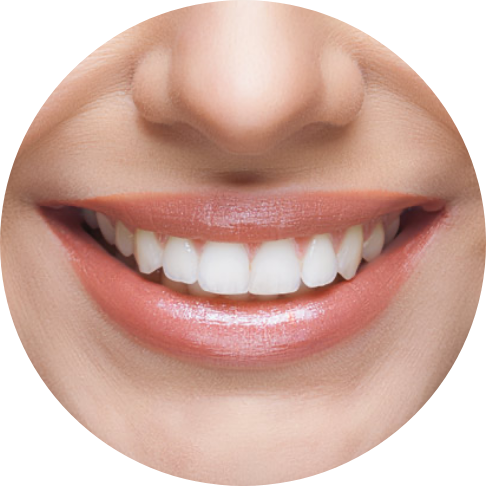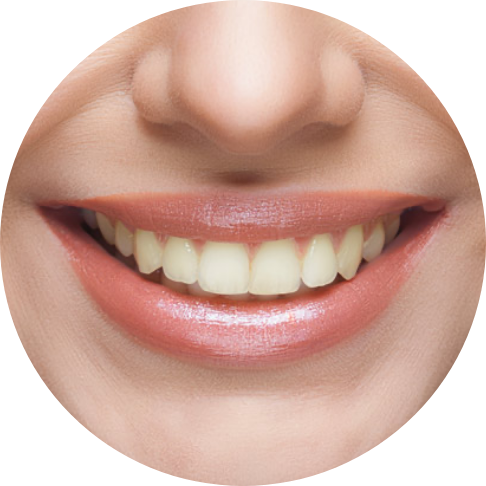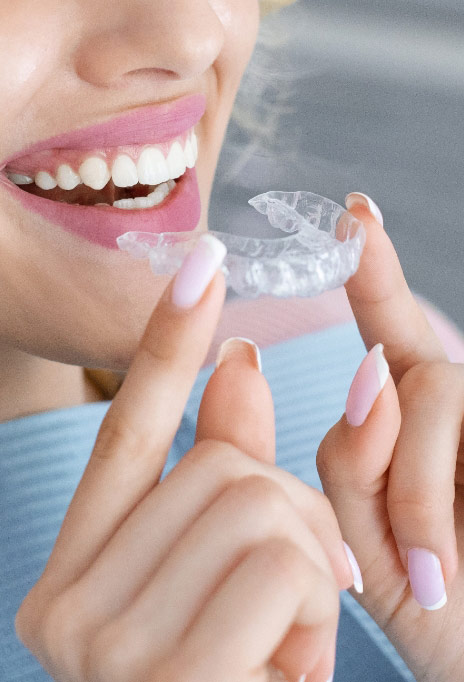Top Reasons We Could Be Perfect For Your Family
Technology-Focused
Same-day crowns (CEREC)
Cone-beam computed tomography (CBCT)
iTero intraoral scanner
Comprehensive Care
General treatments for the entire family
Cosmetic & orthodontic services
Implants & sedation options available
Focused On You
Two relaxing locations to better serve you
Caring for smiles for over 50 years
Same-day, early-morning, and late-evening appointments
Always Welcoming
New Patients
Our friendly team of dentists in Rochester, NY is committed to supporting your oral and overall health with treatments and procedures that optimize your smile. Whatever your needs, we’re here to provide the calming, compassionate, high-quality dentistry your family wants and deserves.
New Patient?
Making Insurance Easy
At Cornerstone Dental, we’re dedicated to doing everything we can to help our patients receive effective and lasting dental care. Ask our helpful team about our convenient payment options, the insurance plans we accept, and our third-party financing options available through CareCredit and Lending Club!
More Info
If you do not have insurance, we offer exclusive plans to ensure you have affordable access the dental care you deserve! Click Here
Read Our
Awesome Reviews
Interested in gaining insight into the type of care you can expect from the Cornerstone Dental team? Our online reviews will help! Spend some time reading feedback from our valued patients, and when you experience our care for yourself, please feel free to leave a review of your own!
Meet The Team
If you’re looking for a new dentist in Rochester, you’ll love our dedicated doctors and enthusiastic team members at Cornerstone Dental. Walking alongside you on your journey to optimal oral health is our priority and we’re devoted to doing everything we can to help every member of your family achieve their smile goals. With patient-centric care that changes the way people think of dentistry, we create experiences that foster trust, relaxation, and peace of mind. Come experience our dedication for yourself!
Contact Our
Office Today
Whatever your dental needs, our kind and compassionate team of dentists in Rochester, NY is here to help you love your smile! With our wide range of comprehensive treatments and procedures – and two locations (dental offices in Greece & Henrietta, NY) to better serve you! – you can rest assured that we’ll provide the high-quality, compassionate, patient-centric care you deserve.
Dental Services
Cornerstone Dental is led by qualified, experienced, and caring dentists in Rochester, NY. We have two conveniently located dental practices, one in Greece, NY and the other in Henrietta, NY offering quality general, restorative, and cosmetic dentistry services.
Preventive Care
Cleanings & Exams
Dental Sealants
Fluoride Treatment
Sports Mouthguards
Nightguards
Tooth Extractions
Periodontal Maintenance
Bad-Breath Treatment
Restorative Treatments
White Fillings
Inlays & Onlays
Dental Crowns
Dental Bridges
Full, Partial, Immediate, & Implant-Retained Dentures
Cosmetic Enhancements
Porcelain Veneers
Dental Bonding
Smile Analysis
Full-Mouth Restoration
Diagnostics & Comfort
Digital X-Rays
Panoramic X-Rays
Cone-Beam Computed Tomography (CBCT)

American Academy Of Cosmetic Dentistry
American Dental
Association
Association
International Congress of Oral Implantologists
American Association of Orthodontists








